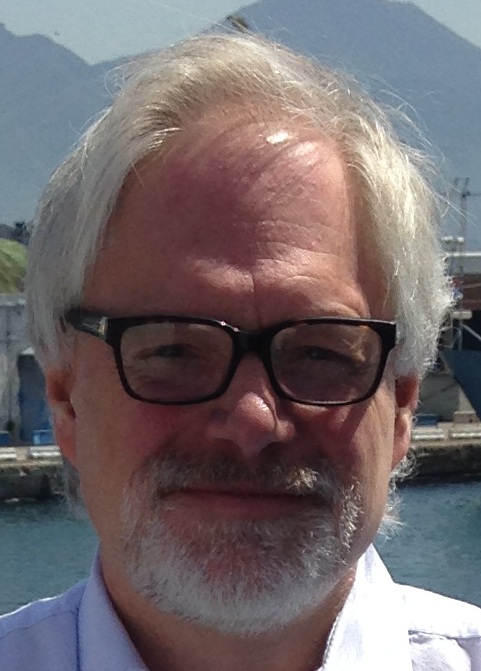|

|
Professor Alex Hansen
Department of Physics
Norwegian University of Science and Technology |
Abstract: Research into fracture belongs mainly to the engineering sciences. The theoretical study of fracture and failure phenomena has largely been cast in the framework of fracture mechanics, which is based on solid mechanics. It treats materials as elastic continua and fractures as evolving boundaries in these. It is a highly developed science which has seen important successes. Combined with finite element analysis, it provides the tool for practical numerical calculations for industrial purposes. On the other hand, fracture mechanics misses out on important aspects of fracture, such as the influence of spatial fluctuations in the material - the disorder. Fracture mechanics, as a model, is not complete.In 1926, Peirce proposed the fiber bundle model as a model for fracture phenomena. It is more schematic than fracture mechanics, but it incorporates the important aspects that fracture mechanics leaves out, in particular the effect of disorder. The fiber bundle model is a much more general model than that provided by fracture mechanics, amenable to many more theoretical techniques. Today, the fiber bundle model has entered statistical physics and serious progress has been made. The lecture will present the fiber bundle model ranging from its simplest form as introduced by Peirce to variants tailored to address questions concerning the morphology of fracture surfaces.
About the Speaker: Professor Hansen did his undergraduate studies at the University of Oslo and received his Ph.D. from Cornell University, New York in 1986.He was then postdoc at the Ecole Normale Supérieure in Paris and at the University of Cologne, Germany.In 1992 he got a permanent position at the French research council, CNRS before becoming full professor at the Norwegian University of Science and Technology in 1994.His research is in the field of statistical physics, in particular on transport phenomena in disordered systems.Professor Hansen received an honorary doctorate from University of Rennes, France in 2009.At present he is editor-in-chief of Frontiers in Physics, chairs the European Physical Society's Computational Physics Group and the Commission on Computational Physics of the IUPAP besides being a vice president of IUPAP (International Union of Pure and Applied Physics).
Date&Time: June 26, 2014 (Thursday), 16:30-17:30
Location: 606 Conference Room, No.3 Heqing Road, Haidian District


